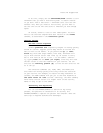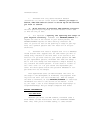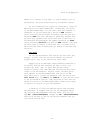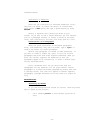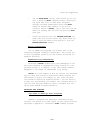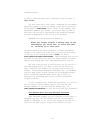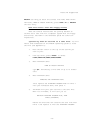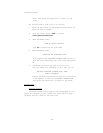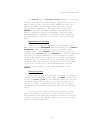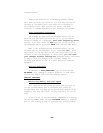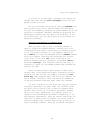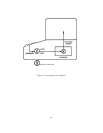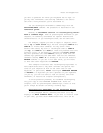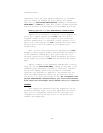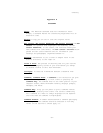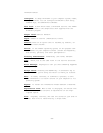
Notes and Suggestions
You should type a carriage return, however, if you want
to end a line before the right margin. Suppose you want to in-
dent a block of text (like the return address and date in a
letter) 20 spaces. At the beginning of each line, type 20
spaces for the indentation. Then type the line and press
RETURN at the end to prevent ThinkTank from readjusting it
when it displays or prints the paragraph. (Note that when
ThinkTank prints a paragraph, it disregards your screen mar-
gins and readjusts the text to fit within your printing mar-
gins.)
BACKSPACE and DELETE
There are two deletion commands in the paragraph editor.
When should you use BACKSPACE and when should you use DELETE?
BACKSPACE erases the character directly in front of the
flashing cursor, while DELETE erases the character that the
flashing cursor points to. Use BACKSPACE to correct typing er-
rors that you notice immediately. If you recognize an error
within a few characters of typing it, it is most convenient to
backspace over it, correct the error, and retype any correct
characters that you erased in the process. On the other hand,
if the error is more than a few characters back, move the
flashing cursor directly to the error and erase it with
DELETE.
Selecting Text
An analogy may help you visualize the process of select-
ing text in the paragraph editor. When you START a selection,
you set an anchor point at the flashing cursor. As ~you move
the cursor away from the anchor, the selection expands. As
long as you remain in SELECT mode, the selection is always
defined as the area between the anchor point and the flashing
cursor.
If you move the flashing cursor back toward the anchor
point, the selection contracts. If you continue to move in
that direction, the selection eventually contracts to contain
a single character, then expands again as you move the cursor
away in the other direction.
—81—



